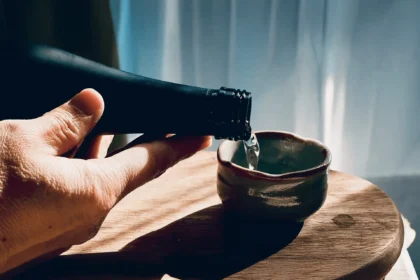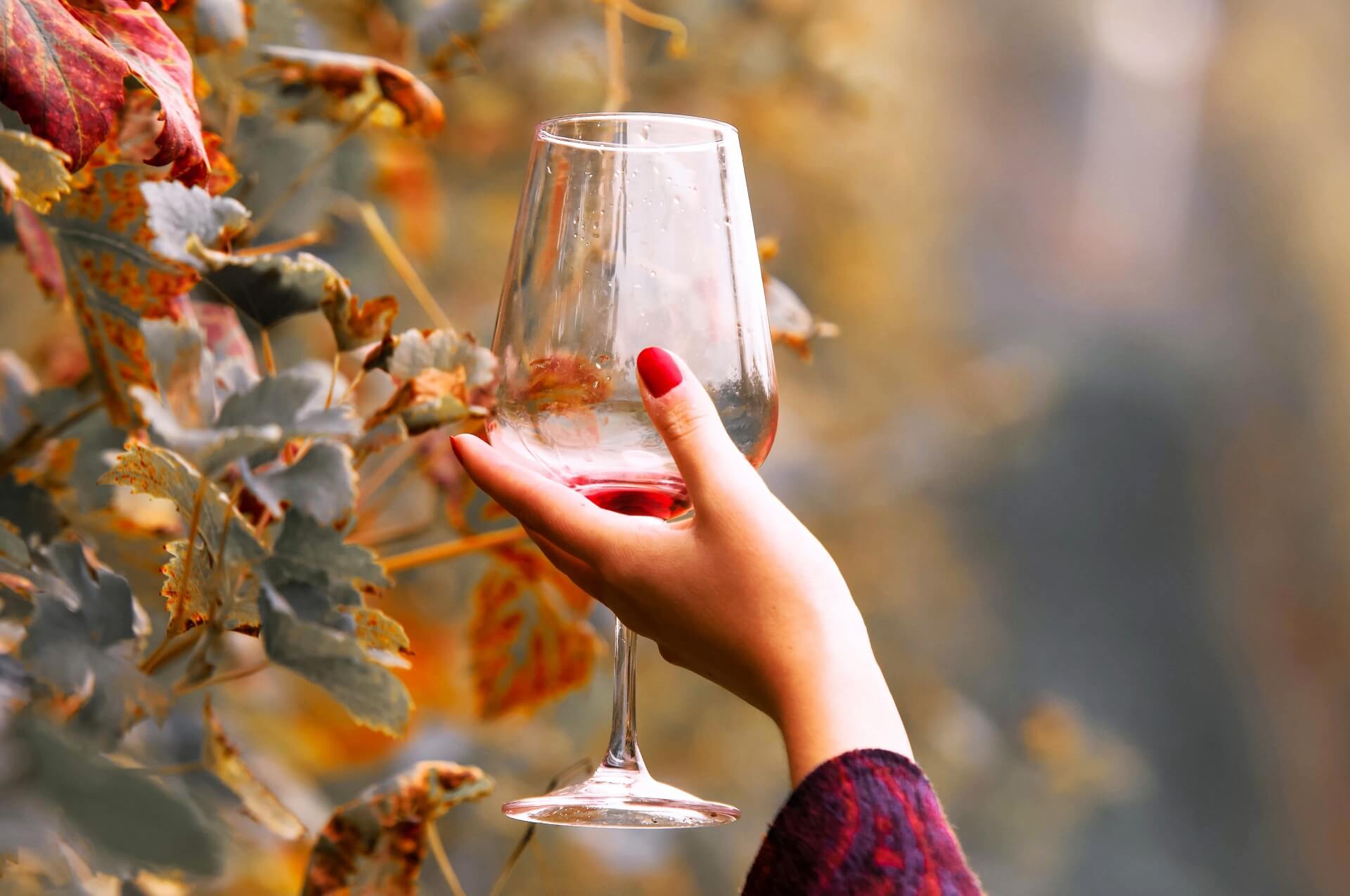
Having won major international awards over recent years, Japan's wines are increasingly competing on the global stage and with the country's climate and topography demanding cultivation of hybrid grapes suited to local conditions, exploring Japan's wine industry offers and tantalising frontier of new tastes and varieties that pair perfectly with Japanese cuisine. On this page you will find the following information:
-- Japanese Wine: An Introduction
-- Top 4 Wine Regions in Japan
-- Wine & Dine in Nagano: Book a Tour or Charter
-- Are Japanese Wines Any Good?
You might be surprised to learn that wine production dates back to as early as the 8th century in Japan. Considered a somewhat obscure and niche industry for centuries, in recent years Japan's wine has grown through several waves of increasing popularity, and with multiple wines now having won major international awards, Japanese wineries have growing confidence that they compete on the global stage. While it may take time, the Japanese obsession with studied refinement and perfection almost guarantees that sooner rather than later, their wine will follow the beer and whiskey industries and be ranked among the best in the world.
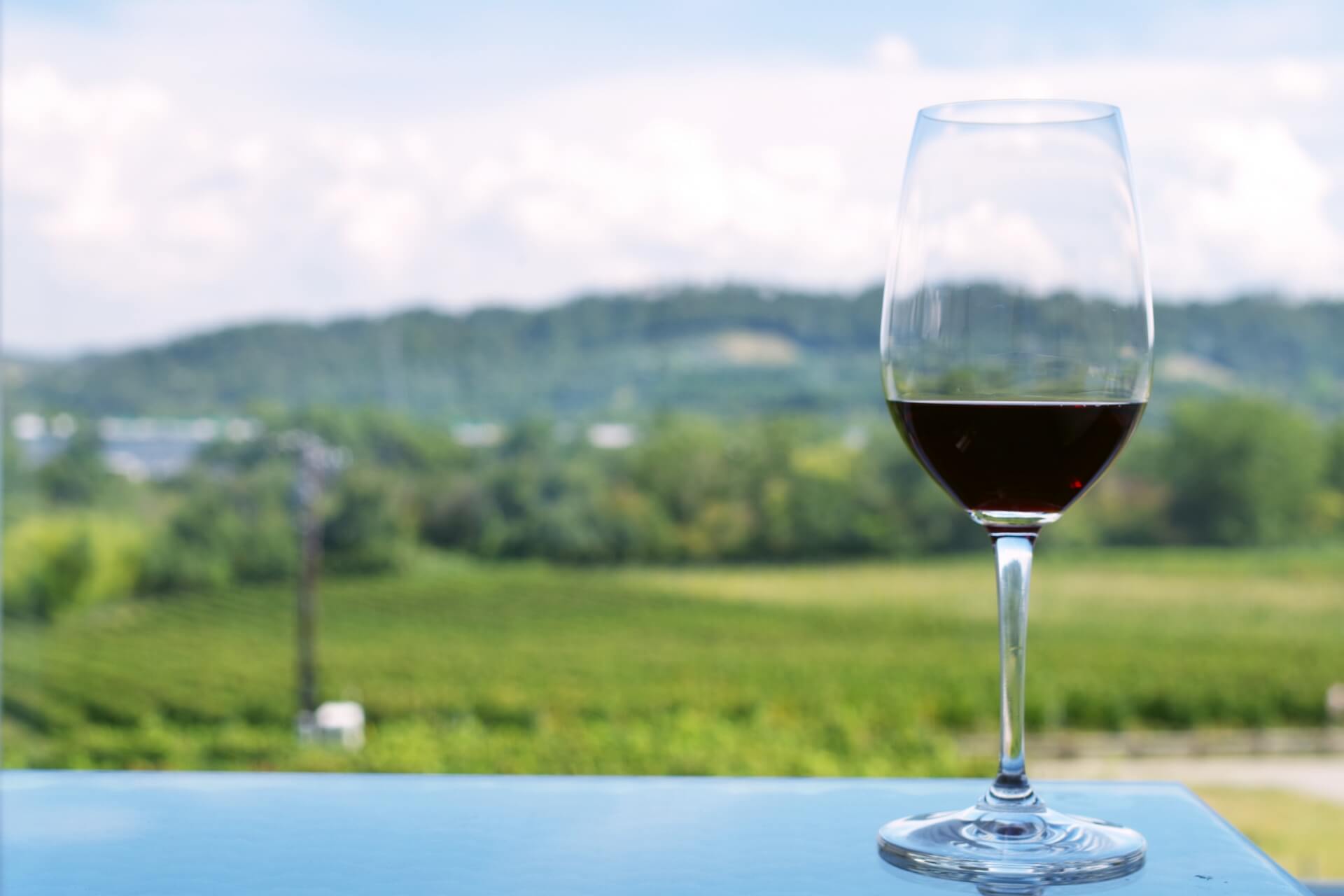
Based in Nagano, we are the region’s No.1 tour and charter operator and a registered travel agent. We are proud to call Nagano our home for many reasons, but not least that it ranks among Japan’s largest and best sake and wine producers. We operate all year round and offer tours, transport, accommodation and more including visits to the finest local wineries, sake breweries and restaurants. We hope that we can entice you to visit.
JAPANESE WINE: AN INTRODUCTION
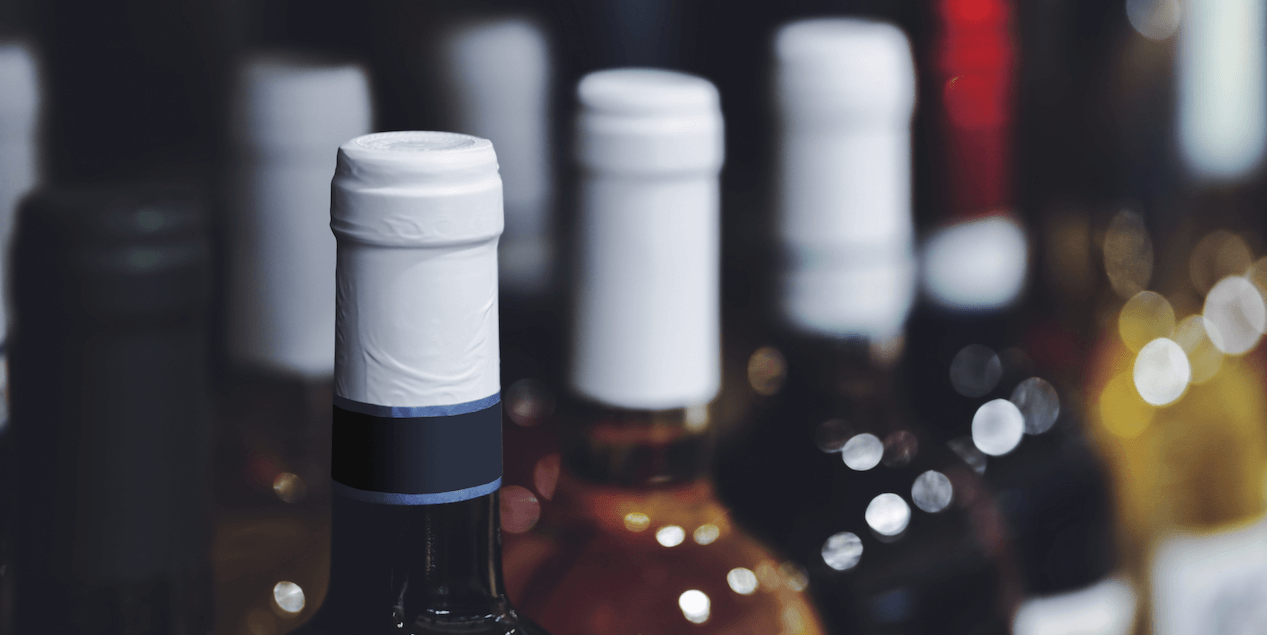
The first known production of wine in Japan dates back as far as the 8th century, to a hermit monk who established vines at Daizen-ji Temple in Yamanashi. It would be sometime yet until the first real steps to establish wine cultivation in Japan, something that began in the second-half of the 19th century in Yamanashi when two ex-samurai were sent to France to study viticulture and goal to return to Japan and establish a wine industry. The introduction of wine production in Japan coincides with the ‘Meiji Restoration’ and the opening-up of the country after hundreds of years of self-isolation from the world. As Japan did so, many aspects of Western culture were embraced by the Japanese as the country underwent radical change. It is by no means surprising that wine production in Japan began in this period however it took many years for its popularity to grow as it was regarded as not suiting traditional Japanese, rice-based diet.
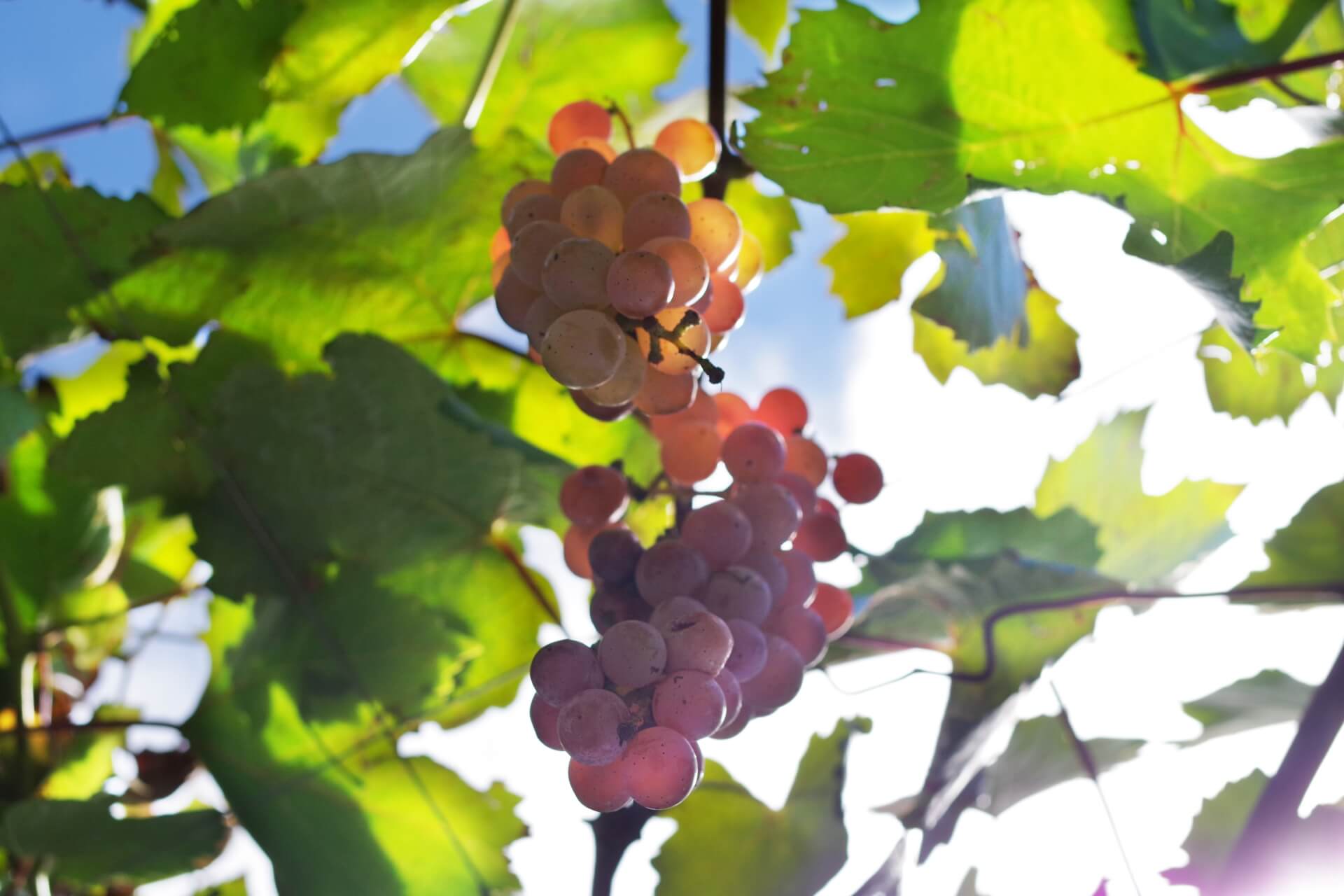
Wine in Japan enjoyed a spike in popularity in 1964, as Tokyo hosted the Summer Olympic Games and the country once again welcomed the outside world following the extreme cultural, social and economic turbulence of the war years. As Japan’s economy roared back, so did its engagement with the Western world and from that base, wine gained popularity in Japan with a strong preference for French and Italian wines. Fast-forward to the late-1980s and into the 90s, Japan’s wine industry experienced a third wave of development as several Japanese wines won international awards, giving local growers their first real global exposure. Since that time, there has been a proliferation of wineries in Japan with local wines enjoying a rising profile both at home and abroad led by a youthful, energetic and confident new generation of growers.
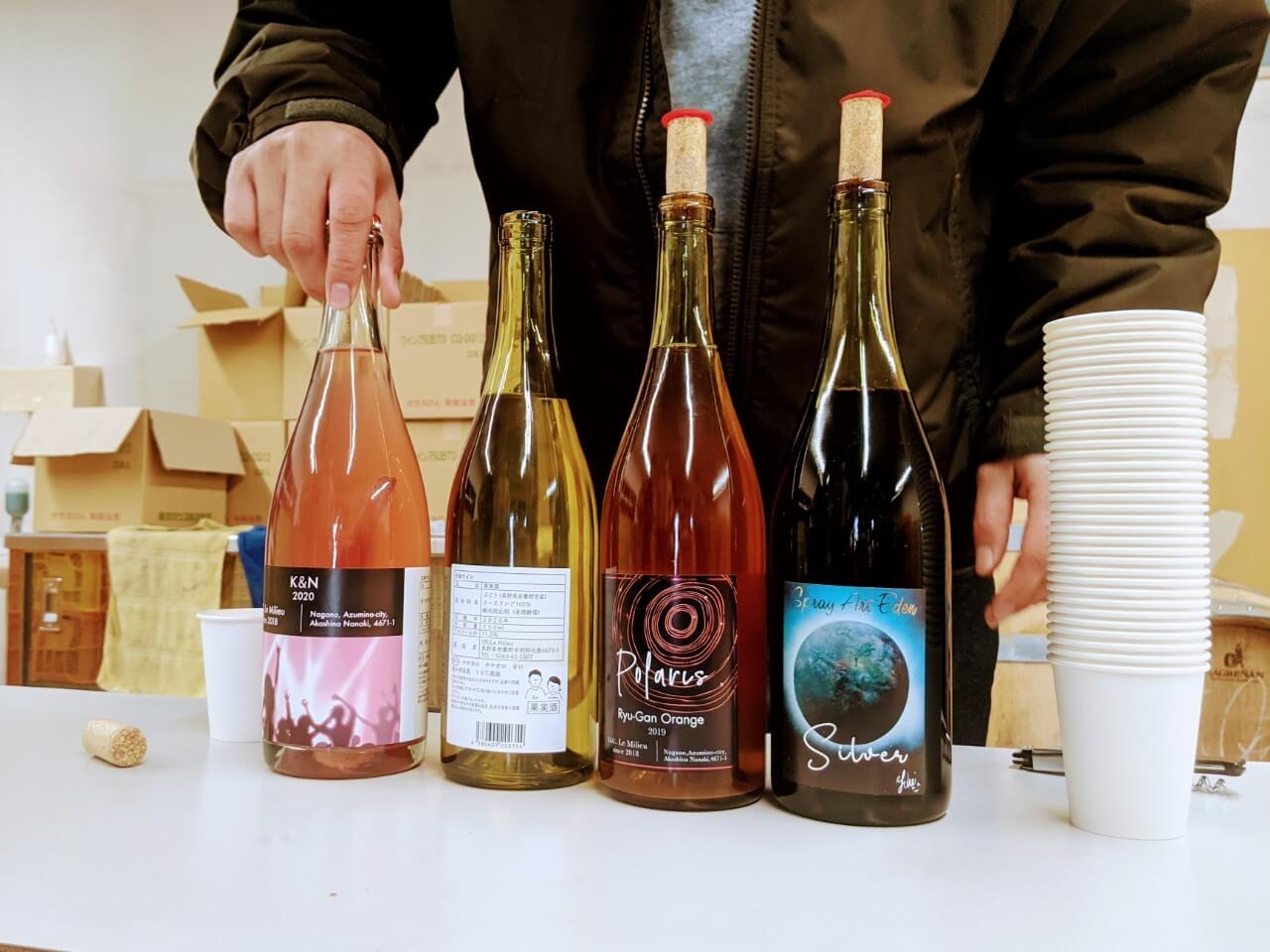
Generally-speaking, Japan experiences higher humidity and rainfall than major wine producing regions of Europe, North America and Australia. In order to succeed in that climate, Japanese hybrids have been cultivated that tolerate the local climate and resist disease and as such, Japan produces notably different wines with delicate profiles – in-keeping with the Japanese palate that favour subtly rather than domineering flavours. In addition to local varieties, internationally-popular grapes including Chardonnay, Merlot and Cabernet Sauvignon are also locally-grown and popular.
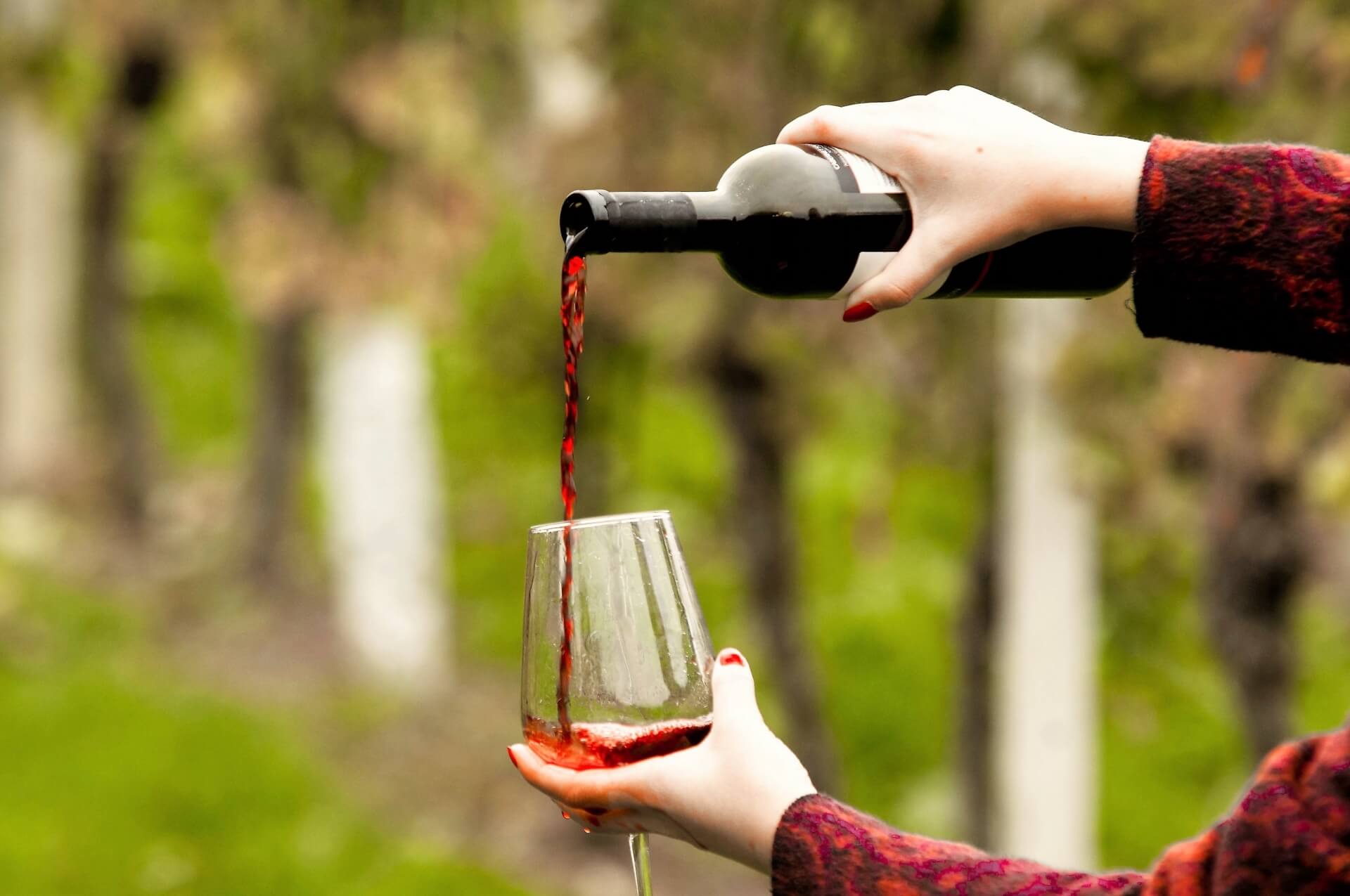
In 2015, changes to the law governing wine production now require that any to be labelled a ‘Japanese wine’, the grapes must have been harvested and fermented in Japan. The year the grape was harvested, the variety and region must also be listed on the label. For many years, a substantial amount of what had been labelled ‘Japanese wine’ was in produced abroad, imported and merely bottled in Japan. The change to the law dictating that only grapes harvested and fermented in Japan, reflects a general maturing of the wine industry which is gaining confidence to promote its brand internationally alongside more established wine producing countries and regions.
JAPANESE WINE VARIETIES
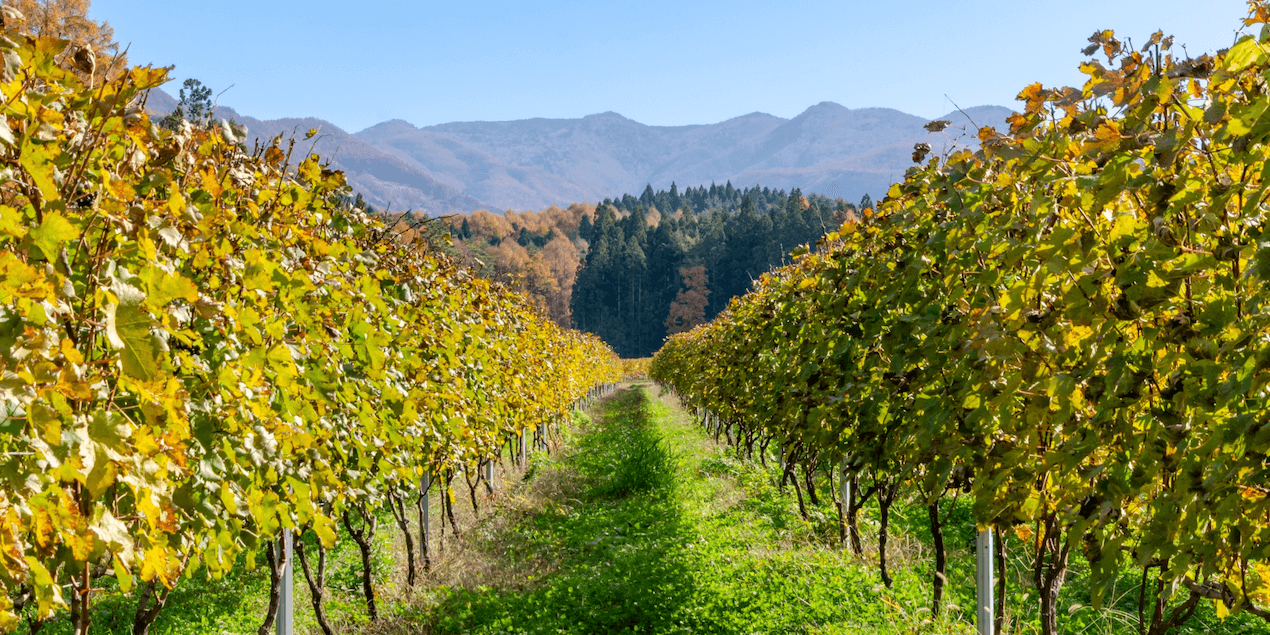
As referenced above, Japan experiences higher rainfall and humidity than many major wine growing regions in other countries and for that reason, hybrid grapes have been developed that can thrive in the local climate. For international visitors to Japan, this opens-up a world of discovery as you are likely to encounter local varieties for the first-time. This are some of the most common:
Koshu
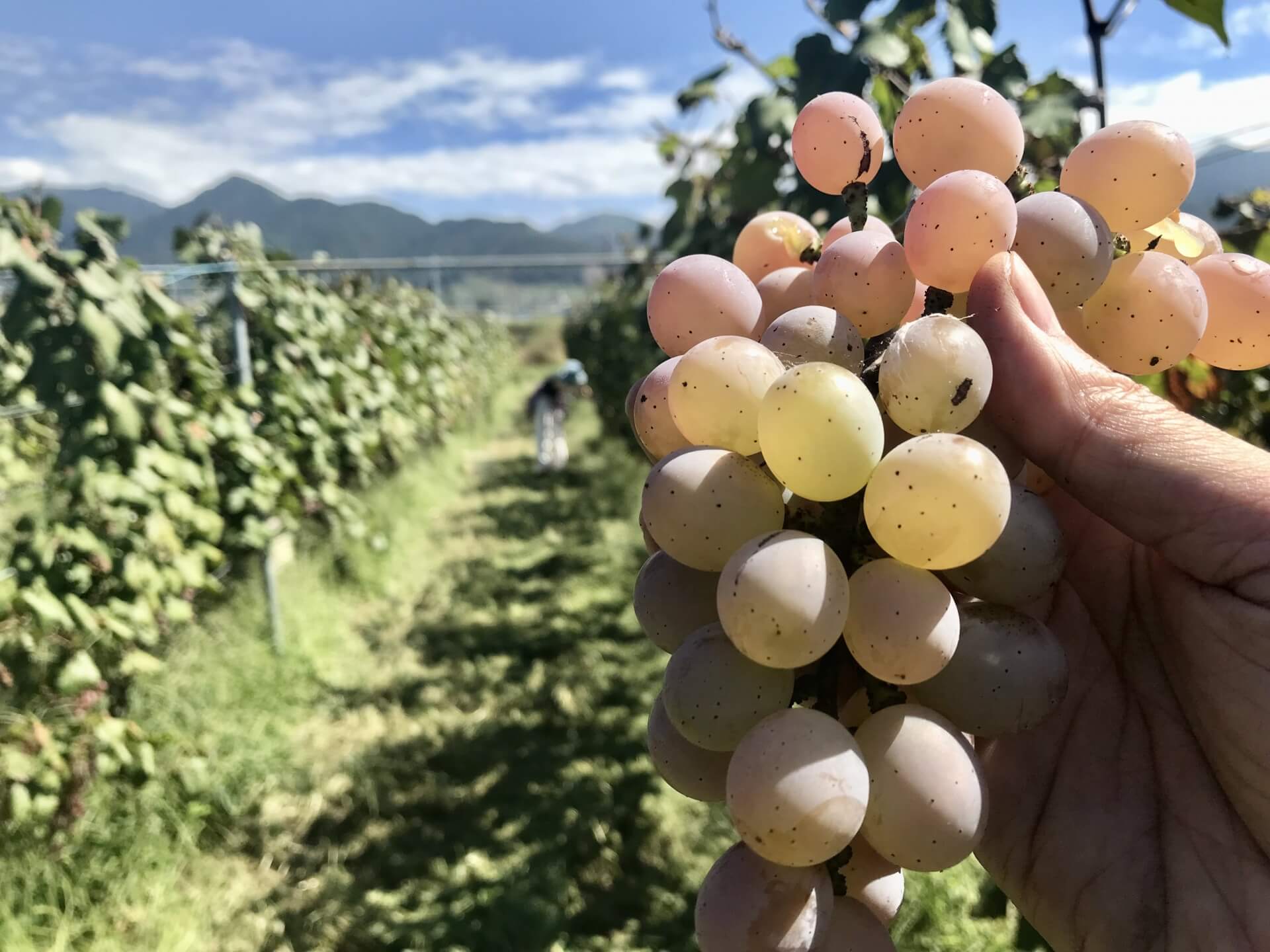
A white wine grape, ‘koshu’ is the best-known and most internationally-acclaimed Japanese variety. A hybrid of a European variety and Chinese wild grapes, koshu is known for its pleasant acidity, citrus notes and fruit flavours including grapefruit and lemon. It should be no surprise that as Japan’s best-known and most popular variety, koshu pairs well with ‘washoku’ (Japanese cuisine).
Muscat Bailey A
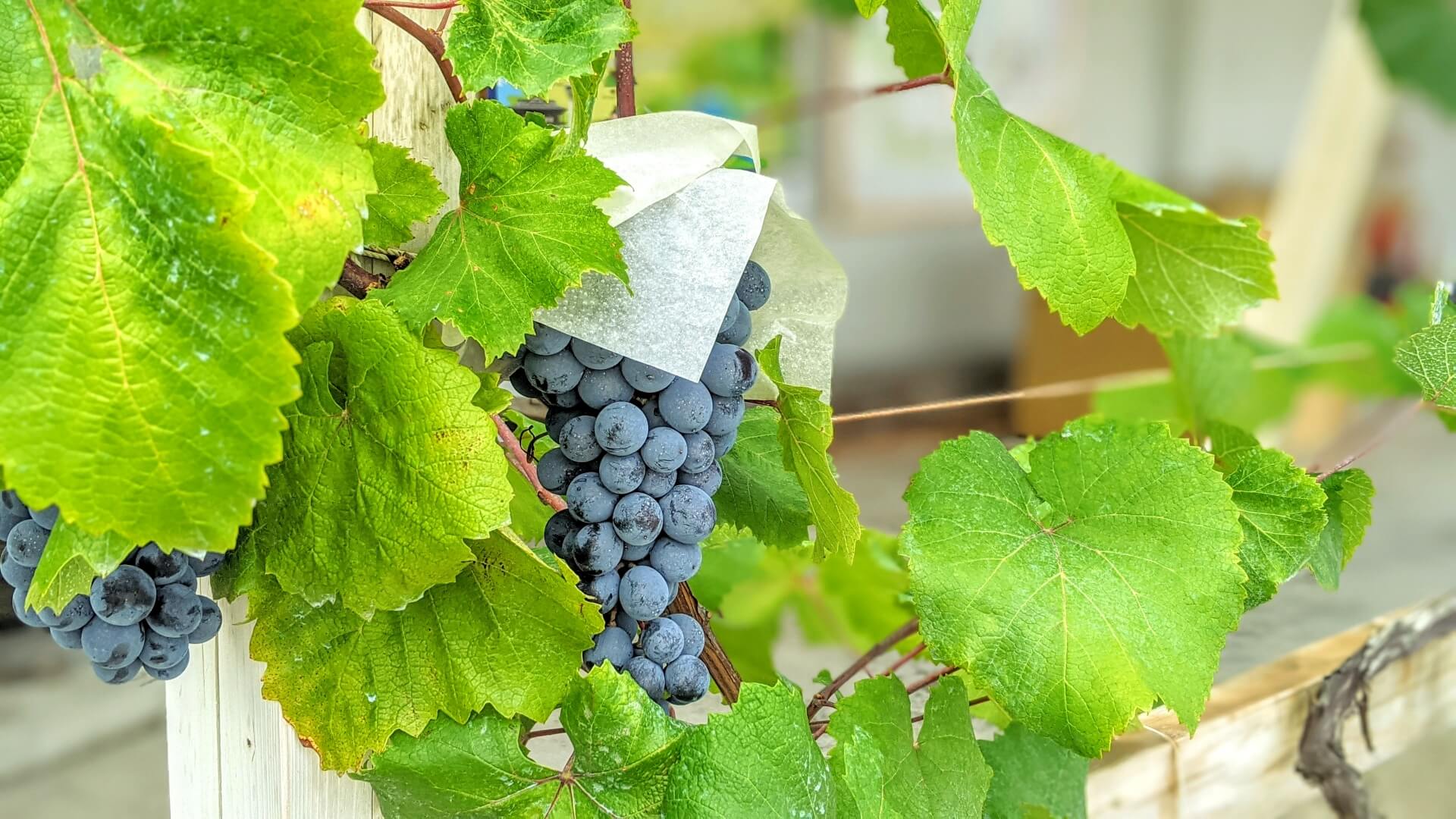
The most popular red wine grape variety native to Japan, ‘Muscat Bailey A’ was first cultivated in Niigata in 1927. A hybrid of a European variety called ‘Muscat Hamburg’ and an American berry, Muscat Bailey A produces a wide range of flavours with cherry and berry aromas, from young and light wine to oak barrel-aged wine. It is the most commonly produced red wine grape variety in Japan.
Ryugan
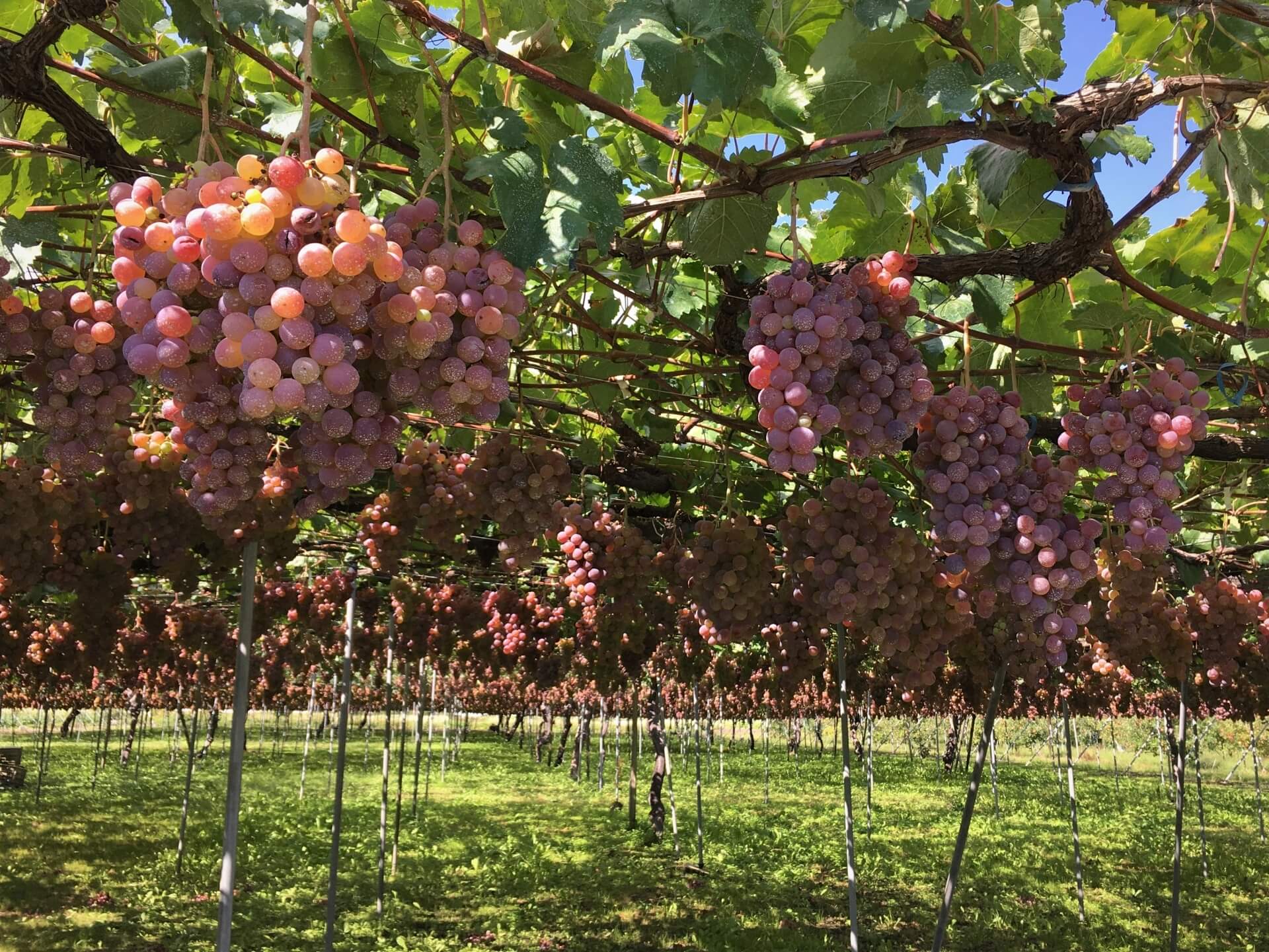
Another white wine grape, ‘ryugan’ is known for its light fruitiness and citrus-like acidity. It is commonly cultivated in Nagano, in areas surrounding the near-1400 year old Zenko-ji Temple and for that reason is also sometimes referred to as ‘zenkoji’ grapes. Ryugan is another white that pairs well with Japanese cuisine.
Yama Sauvignon
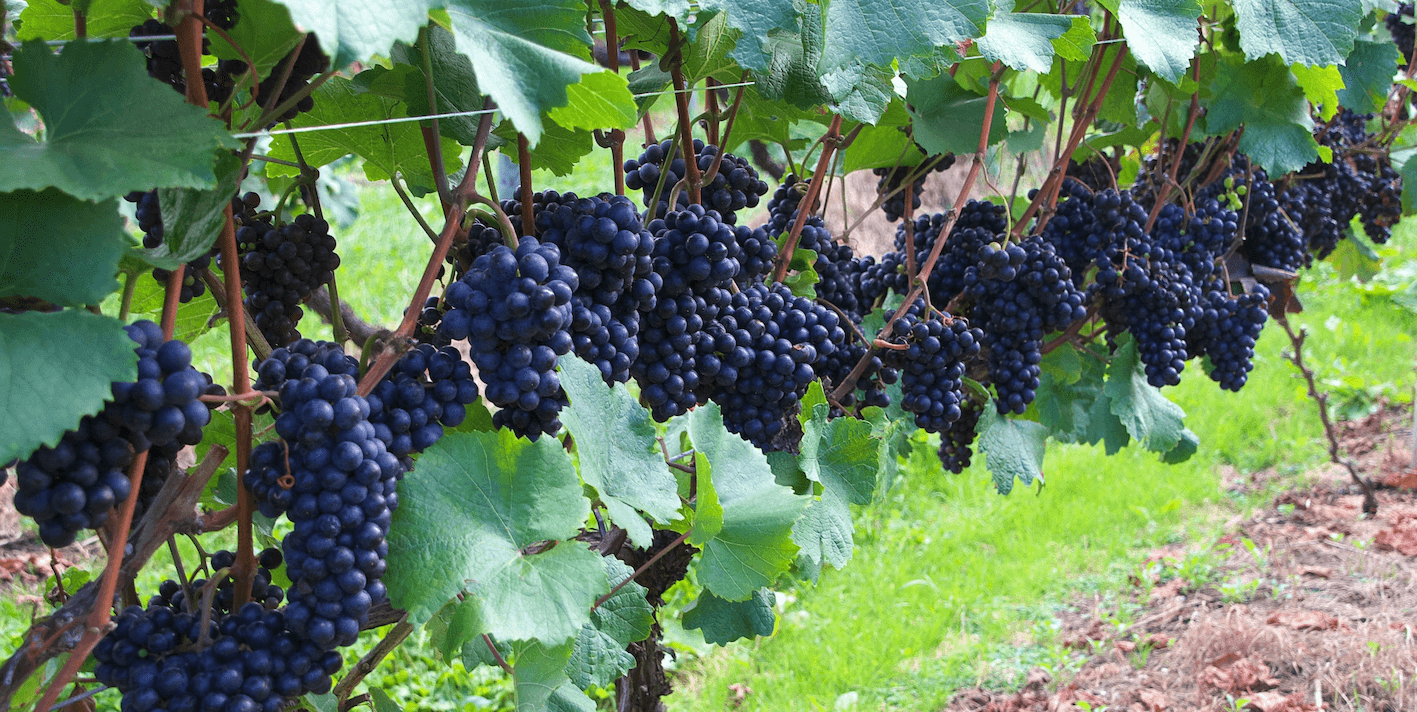
Another popular red wine grape variety, ‘Yama Sauvignon’ is a hybrid of Cabernet Sauvignon and mountain grapes. Thanks to those mountain grapes, Yama Sauvignon has a deep flavour, earthiness and full body that will appeal to many international visitors.
Yamasachi
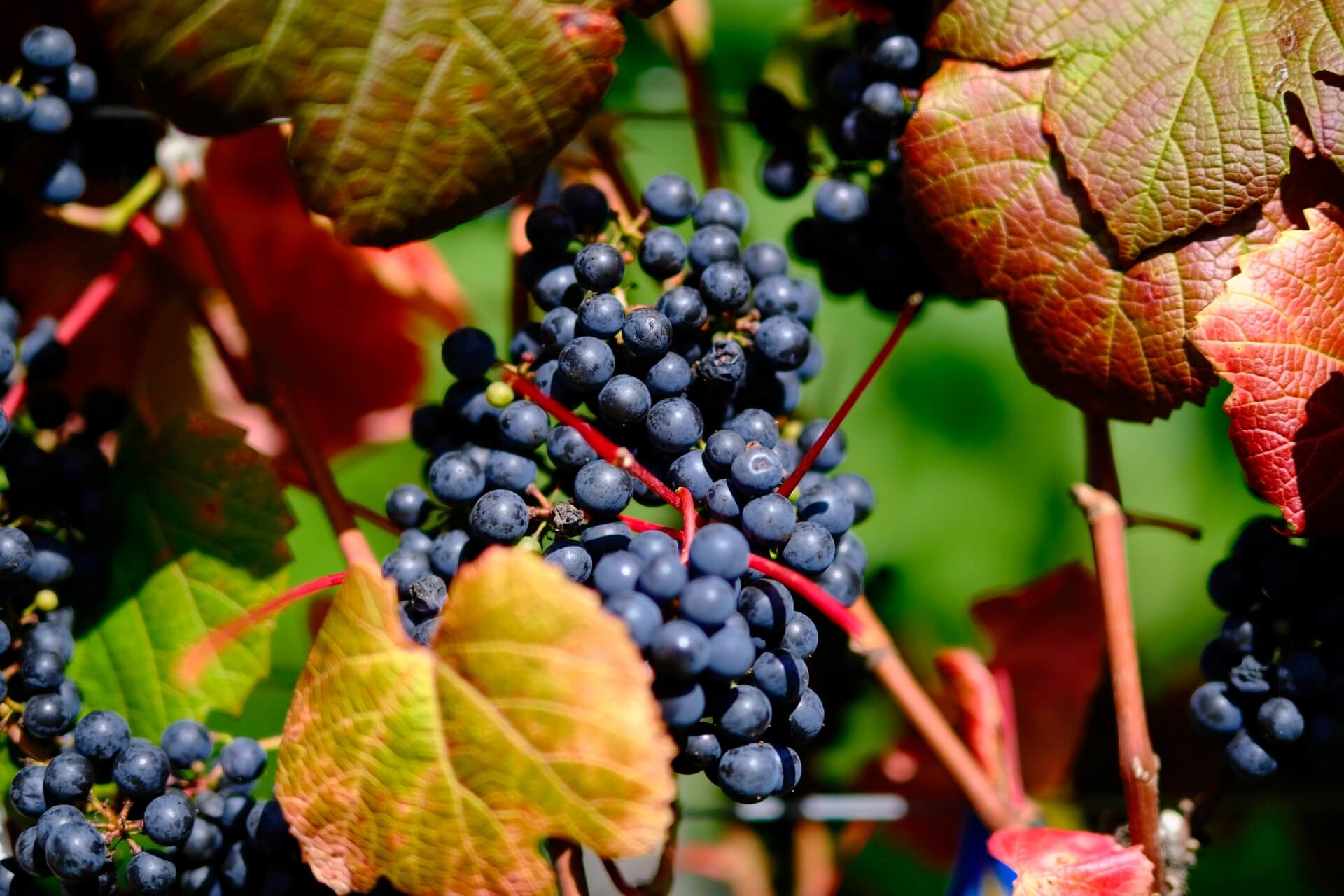
Commonly cultivated in the colder climate of Hokkaido, ‘Yamasachi’ is a red wine grape resistant to the cold and frost of the north. That climate imbues the grape with complex tannic flavours, sharp acidity and a notable woodiness.
TOP 4 WINE REGIONS IN JAPAN
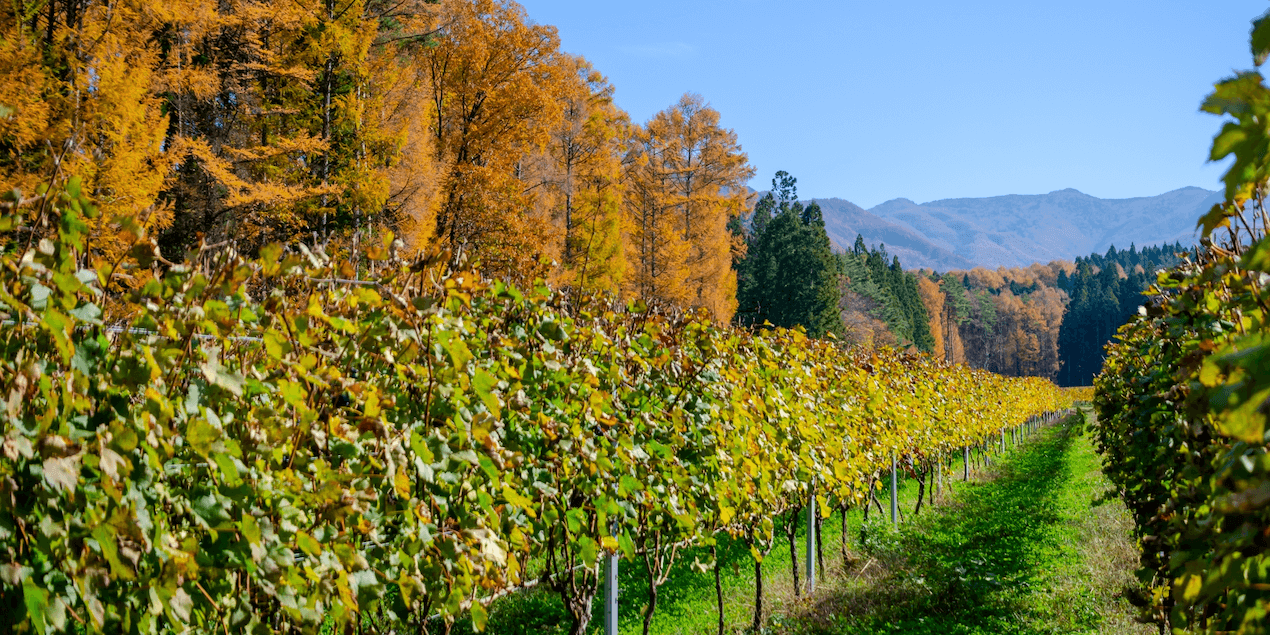

Japan is a long country spanning over 3000km north to south, with a range of climates and topography. The climate varies from long, cold winters of deep snow in the north and central regions to subtropical to tropical conditions in the south, with coastal areas often experiences cold winter with the possibility of snow and hot and humid summers. The high rainfall and humidity experienced throughout Japan encourages cultivation of grape hybrids suited to the climate with an emphasis on delicate flavours, in-keeping with the Japanese palate. Japan boasts around two hundred wineries dotted across the country with the greatest concentration found in four regions – Yamanashi, Nagano, Yamagata and Hokkaido:
Yamanashi
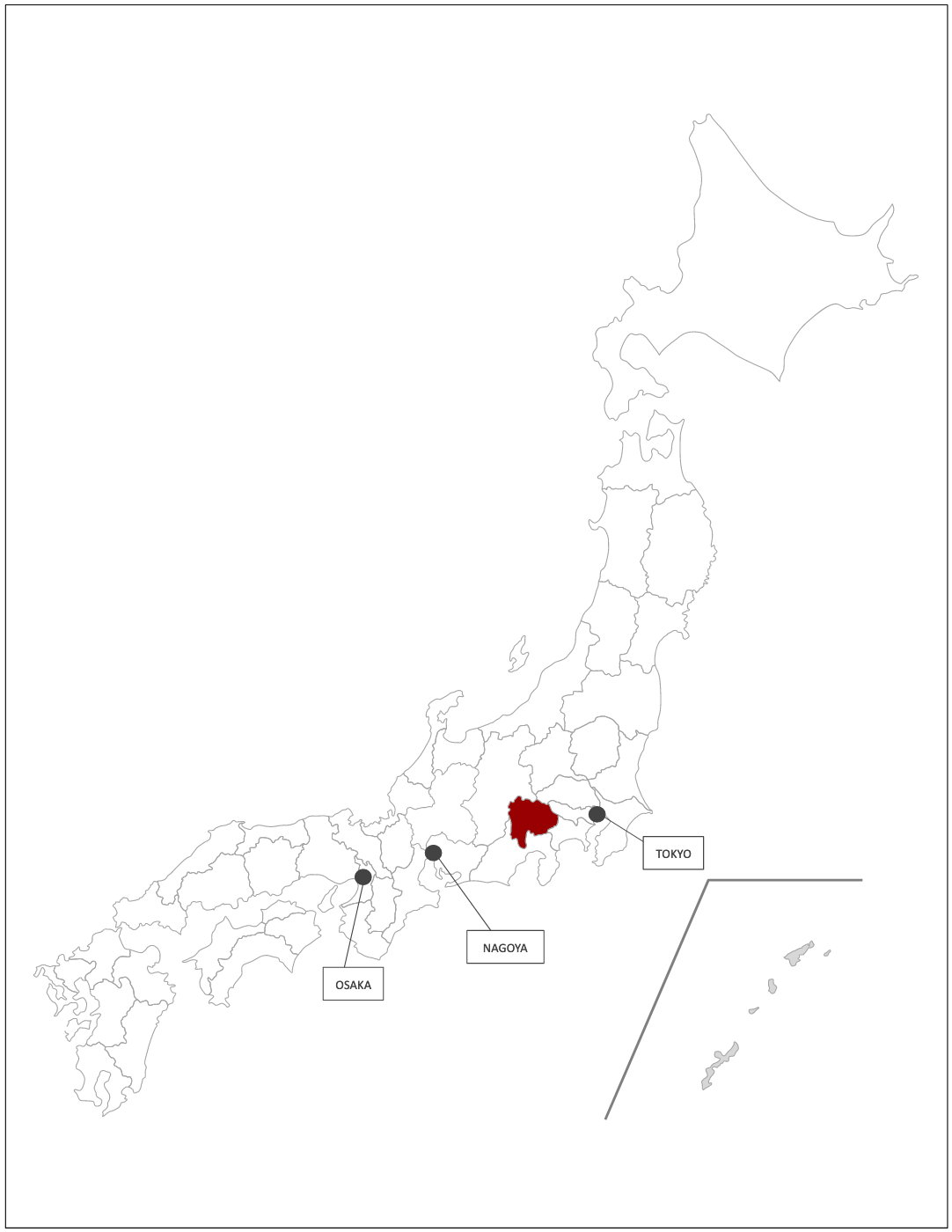
Located to the west of Tokyo and in the shadow of Mount Fuji, the wineries of Yamanashi are the most famous in the country. Boasting more than eighty winteries, Yamanashi accounts for around 30% of Japan’s wine production. Koshu is the dominant variety, accounting for over half of Yamanashi’s overall production, with hybrids including Muscat Bailey A and Delaware also common. Accounting for only a fraction of production, varieties including Chardonnay, Merlot and Cabernet Sauvignon are the most common European varieties produced in Yamanashi.
Nagano
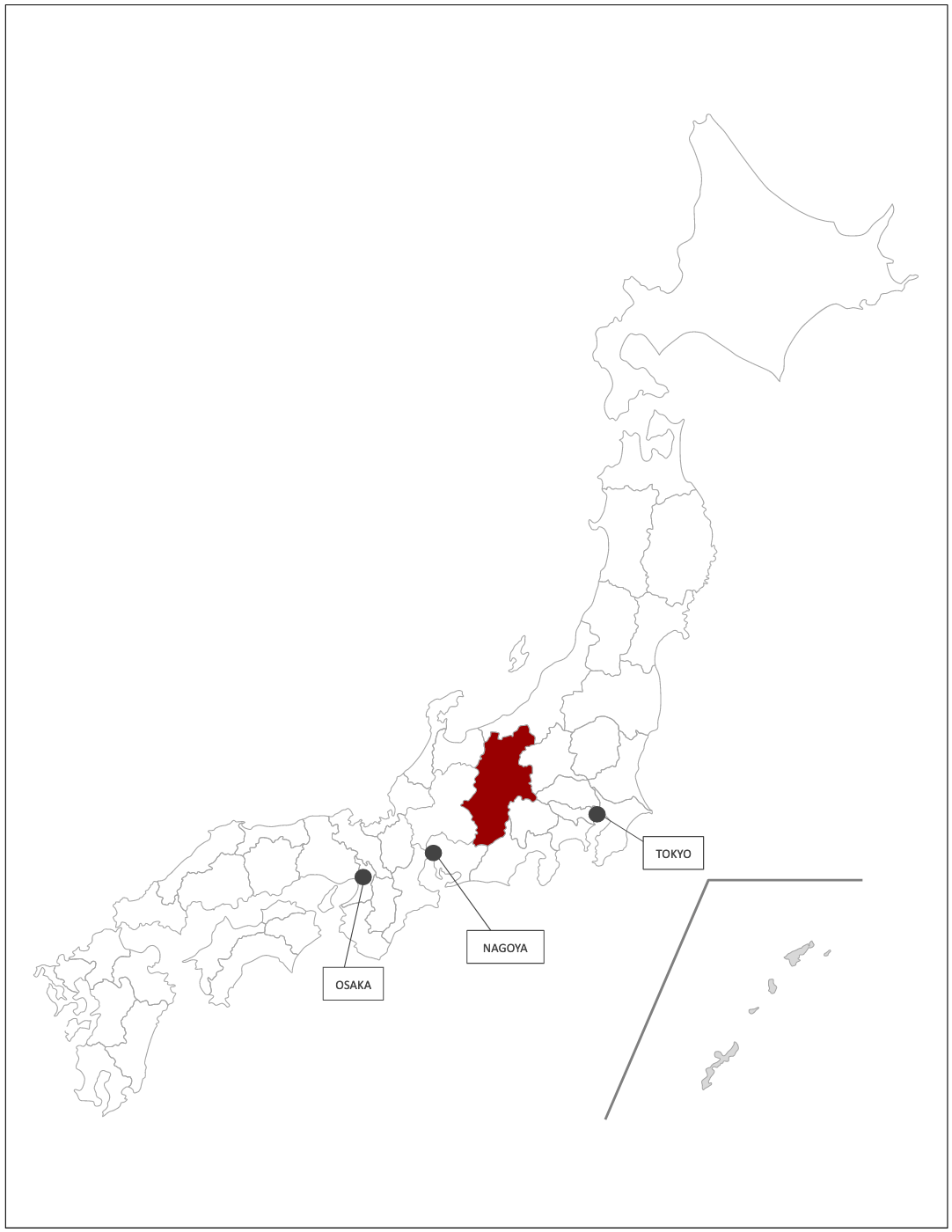
Situated in centre of Japan’s main island of Honshu and rising to over 3000 metres, the higher elevation of Nagano along with the region’s inland location blesses it with a cool climate and dry, free-draining soil. Experiencing less rain than many areas of Japan and cool summer breezes, it is generally easier to maintain the health of vineyards in Nagano of which there are currently around 35. Hybrid varieties such as Ryugan along with Concord and Niagara are common with increasing focus on European varieties. Less-established and prolific than Yamanushi, Nagano is Japan’s up-and-coming wine region with young winemakers establishing new vineyards to take advantage of the climate and produce some of the country’s best wines.
Yamagata
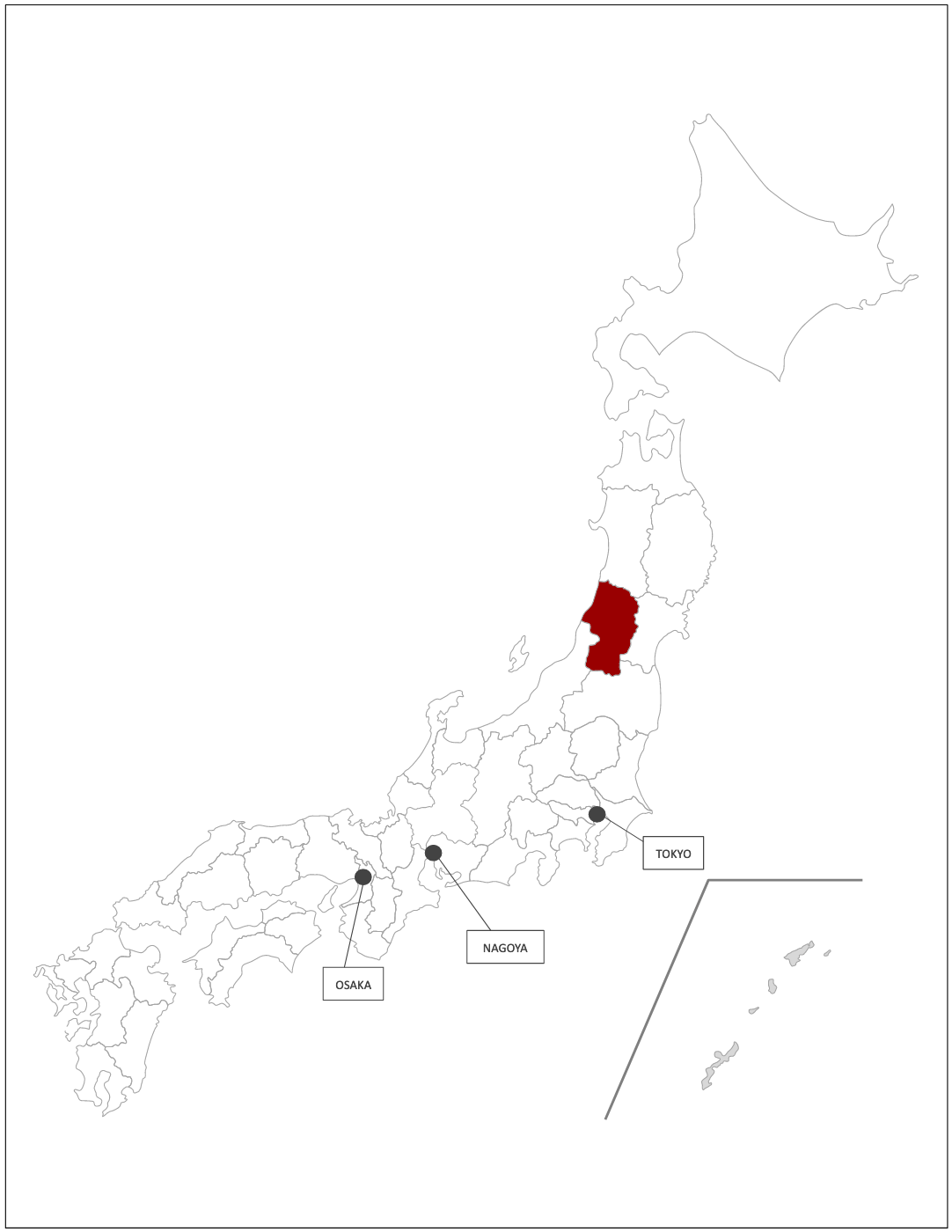
Yamagata lies to the north Yamanashi and Nagano, located in the Tohoku region of Japan. It is subject to a cold climate for much of the year, and as such, its wineries – around 15 in total - are located in low-lying areas with free-draining, clay-gravel soils. Hybrids including Muscat Bailey A, Niagara and Delaware account for the majority of production with European varieties including Chardonnay, Merlot and Cabernet Sauvignon find increasing popularity with growers over recent years.
Hokkaido
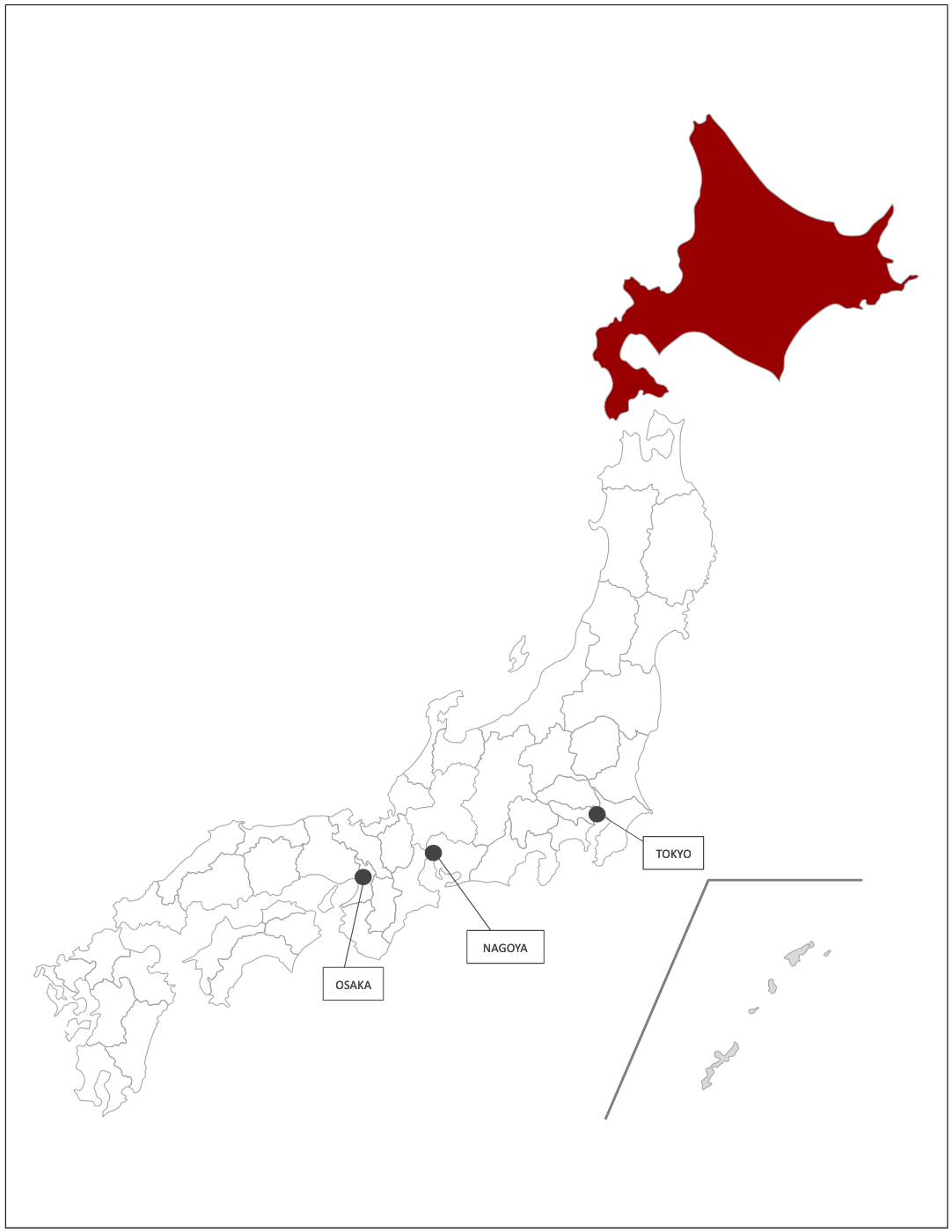
The last of the major wine producing region’s is Japan’s large northern island of Hokkaido. Located far to the north, the region experiences a long, very cold winter with most areas of the island buried in snow from November until April. Summer is dry, with lower rainfall and humidity than the rest of Japan. Despite the challenge of growing there, the industry in Hokkaido is thriving with around 35 wineries growing cold-resistant hybrid varieties such as Yamasachi and European varieties including Pinot Noir and Chardonnay.
WINE & DINE IN NAGANO: BOOK A TOUR OR CHARTER
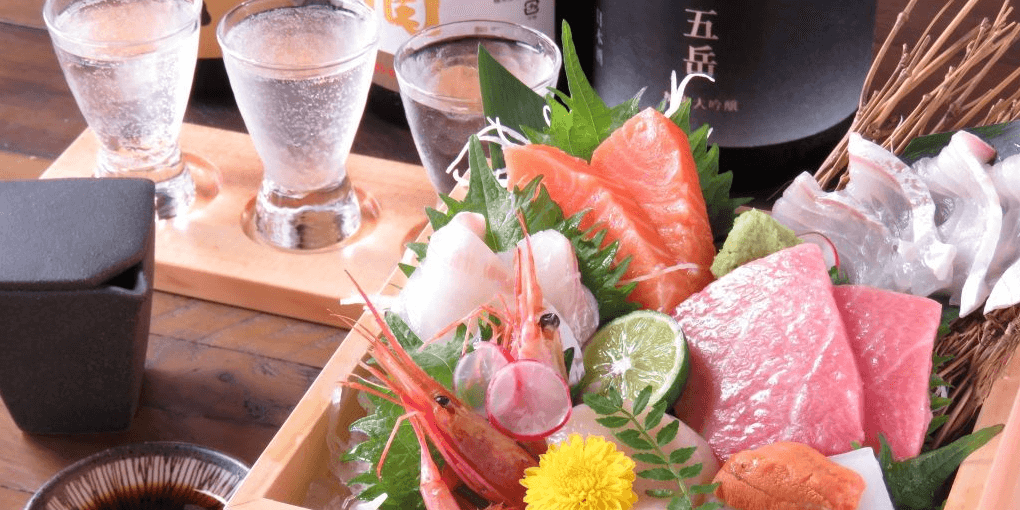

Based in Nagano and operating all year round, we are the region’s No.1-rated tour and charter operator. As a registered travel agent, we can arrange tours, transport, accommodation or combine them into a travel package that best suits your needs and interests. Want to visit one of Nagano’s best wineries, sake breweries or restaurants? We’ve got you covered! Our ‘Wine & Dine in Nagano: Book a Tour or Charter’ page is a great place to start when planning your visit to Japan’s sake and wine hotspot. We hope to see you soon in Nagano!
ARE JAPANESE WINES ANY GOOD?
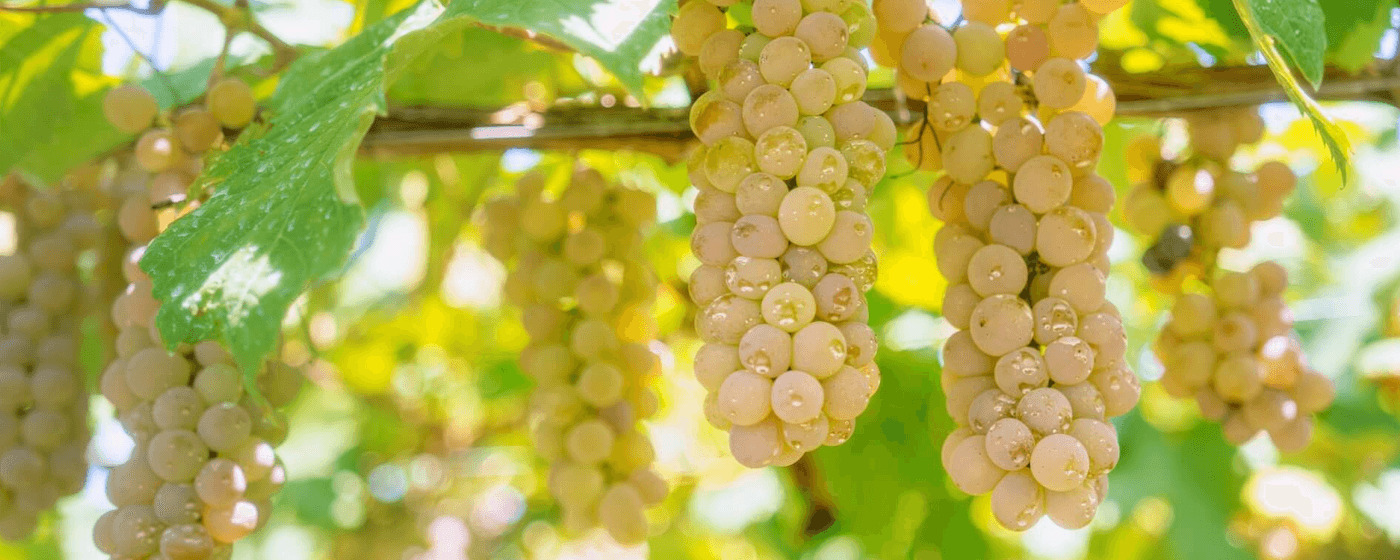
When considering this question, it is important to acknowledge that the Japanese wine industry does not yet have the overall reputation and pedigree of more traditional wine producing countries found in Europe, North America, Australia, New Zealand and beyond; and of course, whether you end-up enjoying Japanese wine is ultimately a matter of taste. Speaking in very general terms, many hybrid grapes cultivated in Japan produces delicate flavours that are consistent with the overall Japanese palate. Wines are often produced to match Japanese cuisine, which values balance and subtlety rather than domineering flavours. That is not to say you won’t find any full-bodied local wines but most commonly, you’ll encounter wines suited to a softer palate or a little sweeter to match Japanese cuisine.
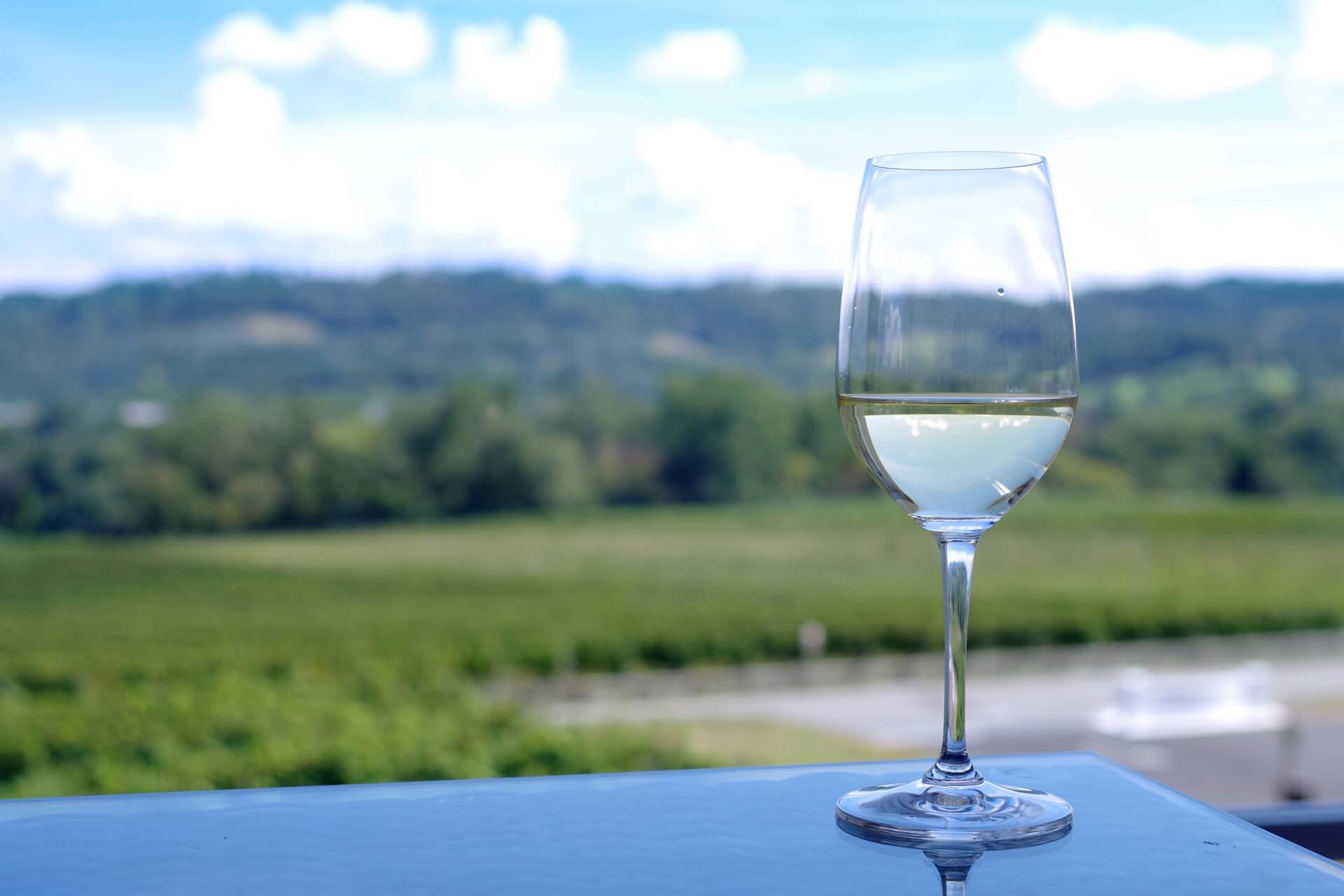
Some international visitors find Japanese wines to lack the body they enjoy, while others enjoy the delicate flavours and aromas especially when matched with local cuisine. If you need proof of the growing maturity of the industry, look no further than the Decanter World Wine Awards 2021 that awarded its second-best Platinum medal to two Yamanishi-based producers – Shirayuri Winery Co.’s ‘L’Orient Katsunuma Koshu 2019’ and Lumiere Co.’s ‘Lumiere Hikari Barrel Fermented Koshu 2018’. The wines were awarded the prize in competition with around 18,000 entries from 56 countries – evidence of enough that Japan is producing some truly excellent wines.
JAPAN WINE FAQs
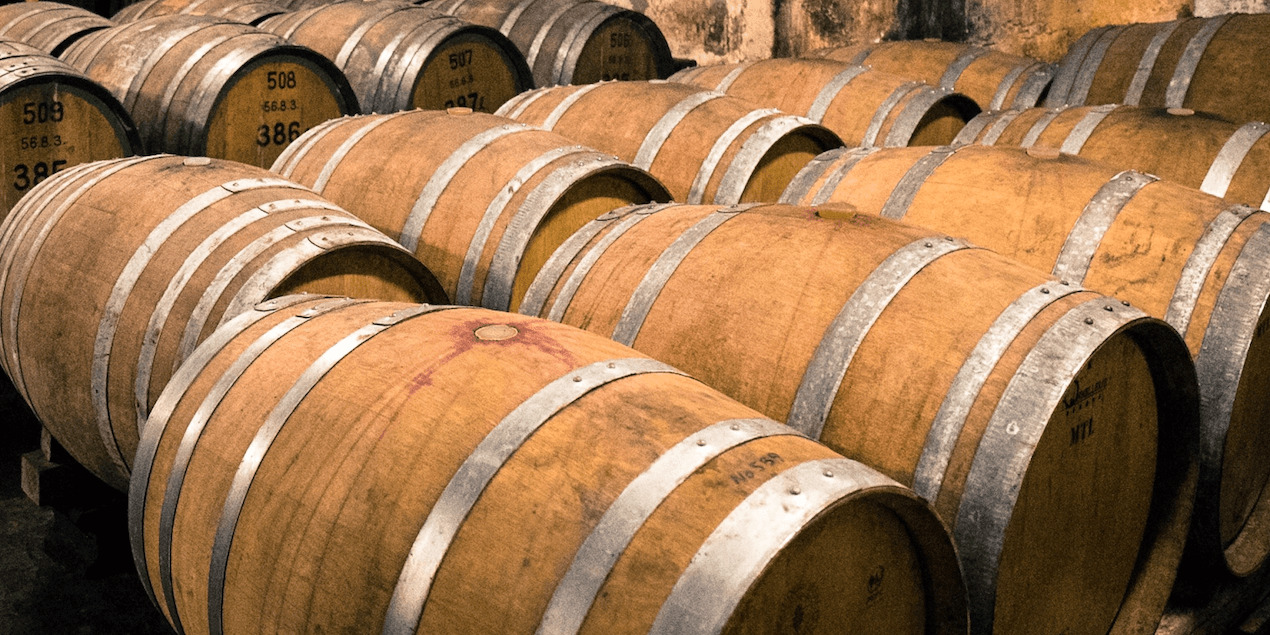
Now that we’ve answered – or attempted to answer – the big question, let’s get into some other common questions about Japanese wine:
Which region in Japan has the most wineries?
Yamanishi is home to the largest number of wineries in Japan. Boasting more than 80 wineries and accounting for more than 30% of Japan’s overall wine production, Yamanishi is the most established and celebrated wine region in the country. The white wine grape ‘koshu’ is the most common variety while other local hybrids and European grapes can be found across its many wineries.
Which region in Japan produces the best wine?
Protected from the summer storms including typhoons coming in from the Pacific by the looming presence of Mount Fuji, Yamanishi has long been considered Japan’s best wine producing region. It is certainly the most established. Each of the four main regions – including Nagano, Yamagata and Hokkaido – can lay claim to some excellent wineries with region’s including Nagano attracting an increasing number of young wine producers looking to take advantage of what many consider the countries best wine-growing climate, but for the time being, Yamanishi remains Japan’s most celebrated wine region.
I’d like to visit a winery Can you arrange that?
Yes. Based in Nagano we are surrounded by wineries and can arrange private tours including a guided tasting at a brewery or just transport to and from the destination of your choice. See our ‘Wine & Dine in Nagano: Book a Tour or Charter’ page for details.
When is the best time to best?
We operate all-year-round and can arrange tours and transport in all seasons. The warmer months of July to October see a lot of activity at regional wineries however many will provide basic tours and wine tasting at any time of year.
What is the legal drinking age in Japan?
To consume alcohol in Japan, you must be at least 20 years of age. Restaurants, bars and stores strictly enforce the law as they face severe repercussions should they serve someone under age.














